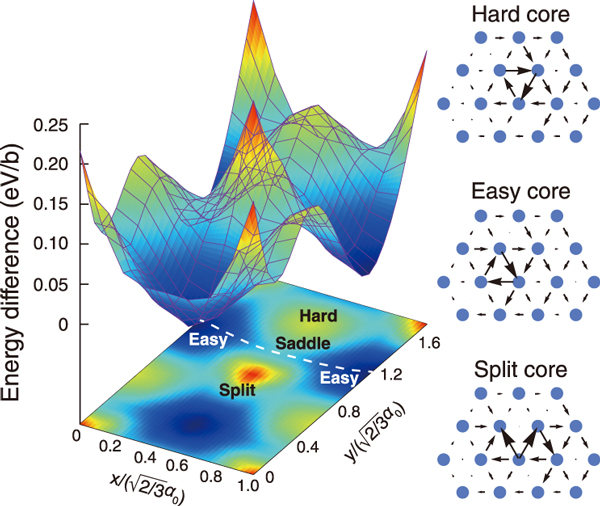
Fig.1 Energy profile of a dislocation with the core structure

Fig.2 (a) Interaction between a dislocation and an alloy element and (b) relationship between material strength and temperature
The mechanical properties of structural materials are determined by the dynamic behavior of defect structures. In particular, in the deformation of metallic materials, the motion of dislocations is the critical factor that determines mechanical functions such as the strength and ductility of metallic materials. Alloying is one of the most effective approaches to improve mechanical functions, but it is difficult to know in advance the effects of the elements to be added. Therefore, most of the alloys developed in the past were discovered by trial and error based on empirical knowledge. In the future development of highly controlled materials, comprehensive material design that does not rely on prior experience is desirable.
In this study, we aimed to identify the origin of the mechanical function of alloy systems from the properties of dislocation cores based on the electronic structures of the alloys. We performed defect structure analysis by electronic structure calculation and evaluation of mechanical properties to predict the mechanical properties considering the electronic states depending on the elements.
Fig.1 shows the energy barriers to the motion of screw dislocations in body-centered cubic (BCC) tungsten and the structure of the dislocation cores at various positions. The addition of alloying elements changes the interaction with the dislocations and the energy barriers. We examined how the change caused by the alloying elements influenced the macroscopic mechanical properties. We considered the screw dislocation motion in BCC alloys as a thermally activated process, which is related to the macroscopic mechanical properties. The interaction between dislocations and alloying elements was evaluated by first-principles calculation as shown in Fig.2(a). We systematically analyzed various 3d-5d transition metals.
Fig.2(b) shows the relationship between strength and temperature in tungsten as predicted from the analytical modeling based on the thermally activated process. The strength of rhenium (Re) has a complicated relationship with concentration and temperature, corresponding to solid-solution softening, as observed in the experiments. This phenomenon was only identified by considering the electronic state of the alloying elements. Thus, the evaluation of mechanical properties via computer simulation can reduce the time and cost of alloy development and contribute to the development of new materials. This method is expected to contribute to the future development of elemental strategy alloy design.
This study was supported by JST PRESTO Grant Number (JPMJPR1998).
(Tomohito Tsuru)